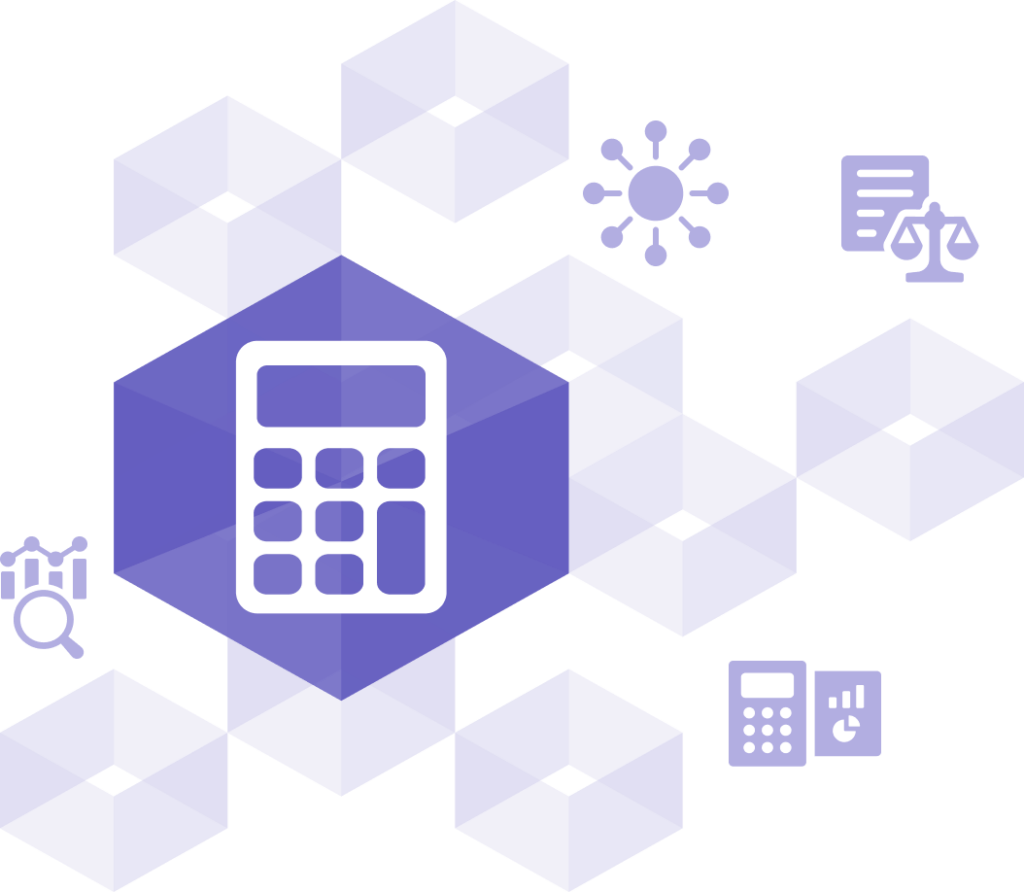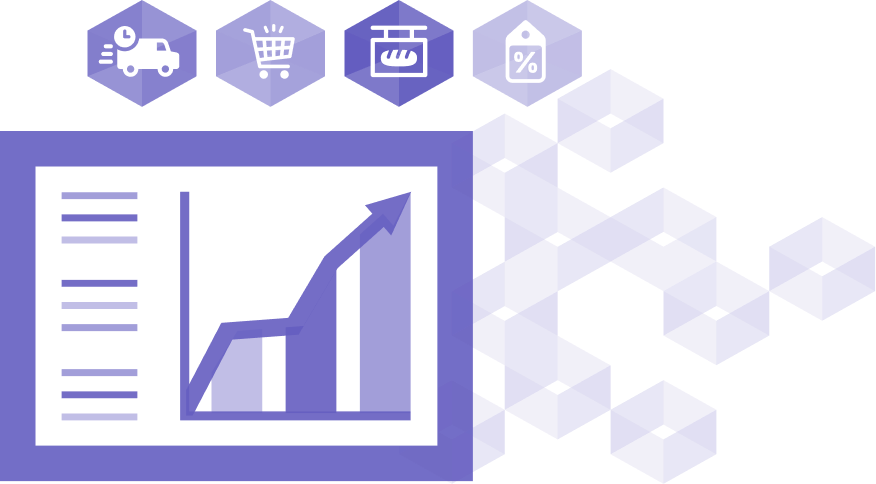Hidden spending reveals financial stress long before it appears in credit reports. While traditional checks provide a snapshot of past behaviour, they miss real-time warning signs that could prevent defaults.
Digital payments, BNPL services, and online gambling have created new spending patterns that traditional credit data doesn’t capture. That’s why firms are turning to Open Banking data. By analysing real-time transaction patterns, you spot high-risk spending behaviours early enough to take action. This helps protect the lender and the customer.
Let’s look at the key warning signs and how you can use them to enhance your risk assessment processes.
Why traditional credit checks aren’t enough

Standard credit reports only tell part of the financial story. They’re useful for understanding past behaviour, but they’re not designed to capture the nuanced spending patterns that often signal approaching financial difficulty.
There’s typically a three month lag between changes in financial behaviour and their impact on credit scores. That’s a significant blind spot when making lending decisions or supporting existing customers.
Take someone with multiple current accounts. They might keep up perfectly with their loan payments, maintaining a healthy credit score. Meanwhile, Open Banking data reveals they’re transferring funds between accounts to avoid overdraft fees, using new accounts to access temporary interest-free periods, and gradually increasing their reliance on short-term credit. These behaviours often indicate mounting financial stress long before it impacts their credit rating.
That’s why relying solely on credit checks leaves credit providers exposed to unnecessary risk. By the time issues show up in a credit report, it’s too late to take preventive action. Plus, traditional reports miss crucial context — like whether someone’s spending more than they earn, or if they’re using multiple credit sources to stay afloat.
Of course, this doesn’t mean traditional credit checks aren’t valuable. They’re still an essential part of the lending toolkit. But you know what makes the real difference? Combining credit data with real-time transaction information.
Let’s look at the specific red flags that Open Banking data can reveal…
Red flags in spending data that matter
High-risk spending patterns often hide in plain sight. Open Banking data brings these behaviours into focus, letting you spot potential issues before they become serious problems.
🚩#1. The BNPL spiral
Multiple buy-now-pay-later arrangements might not ring alarm bells individually. The real concern emerges when you see customers stacking these payments across different providers: £50 here, £30 there, seemingly manageable amounts that add up to significant commitments.
A particularly worrying sign is when customers start using BNPL for everyday essentials like groceries. This often indicates they’re stretching their regular income too thin. When you spot overlapping payment schedules eating into more than 20% of monthly income, that’s a clear warning signal.
🚩#2. Post-payday problems
A healthy financial pattern typically shows gradual spending throughout the month. That’s why it’s concerning when you see large withdrawals within 48 hours of salary deposits. Even more telling is when these early-month splurges lead to overdraft use by week three.
These feast-and-famine cycles often indicate poor money management or underlying financial stress. When combined with rising use of overdrafts, they’re a strong predictor of future payment issues.
🚩#3. Gambling behaviours
Here’s something particularly relevant for UK lenders — gambling transactions that spike just after payday. The pattern to watch for isn’t just the amount spent but the timing and frequency. When you see betting transactions growing from 5% to 15% of monthly income, that’s a red flag that needs attention.
Even more concerning is when customers start using credit cards for gambling or making multiple deposits to betting sites in a single day. These patterns often signal chase-loss behaviour, a key indicator of problem gambling.
🚩#4. Cross-account behaviour
Looking at activity across multiple accounts reveals patterns that single-account monitoring misses. When customers start frequently moving money between accounts to avoid overdraft fees, it’s often a sign of cash flow problems. You might see a kind of financial juggling act — transferring funds just in time to cover direct debits or loan payments.
Another indicator is when customers start using one form of credit to pay off another. This could mean using a credit card to make loan payments or taking out new credit products to cover existing commitments. This kind of behaviour often precedes more serious financial difficulties.
🚩#5. Income instability
Modern working patterns are changing the way people earn money. When steady monthly salaries are replaced by irregular gig economy earnings, it creates new kinds of financial risk. The real warning sign isn’t just the irregular income — it’s when these fluctuations start affecting payment patterns.
Watch for customers whose income shows a downward trend over several months. If someone’s earnings drop by 20% or more, that’s a significant red flag. You’ll often see this accompanied by increased reliance on credit or short-term loans to bridge income gaps.
📖Related reading: Solve thin credit files with Open Banking data
🚩#6. High-risk merchant patterns
Transaction data reveals a lot about where customers are spending their money. Regular transactions with high-cost credit providers often signal growing financial pressure. When you spot multiple visits to pawn shops or cash converter services, that’s typically a sign of liquidity problems.
What’s particularly concerning is when these high-risk transactions cluster around specific times — like just before regular payment dates. This pattern often indicates a customer is struggling to maintain their financial commitments.
That’s quite a lot to monitor, isn’t it? Let’s look at how Open Banking makes tracking these patterns manageable…
How Open Banking makes these patterns visible

Real-time transaction data is transforming how we spot financial risk. Unlike traditional approaches that rely on historical data, Open Banking provides a live view of customer spending and behaviour across their banking relationships.
Modern machine learning models can now process thousands of transactions instantly, categorising spending and flagging concerning patterns as they emerge. What’s particularly powerful is how this technology can spot subtle changes in behaviour that might signal approaching difficulties.
Take AperiData’s categorisation engine, for instance. By classifying income sources, merchant types, and spending patterns, it builds a comprehensive picture of financial health. The models can spot when regular income patterns shift or when high-risk spending starts to increase.
You know what makes the real difference? The ability to monitor multiple accounts simultaneously. This gives you visibility of the complete financial picture — not just the account where you have lending exposure. When someone starts moving money between accounts in concerning patterns, you’ll know about it.
The power of real-time risk assessment

Real-time financial data unlocks deeper insights into customer behaviour and spending patterns. Here’s how lenders are using these insights in practice.
🌐Understand the complete financial picture
With Open Banking, you gain visibility far beyond basic account information. Transaction data reveals income patterns across all customer accounts, giving you the full picture of their credit commitments, including buy-now-pay-later arrangements that might otherwise stay hidden. Instead of relying on stated expenses, you can see real spending habits and payment behaviours first-hand. AperiData’s categorisation engine converts this raw transaction data and turns it into insights you can actually use.
🙏Better risk decisions, better customer outcomes
Real-time financial data modernises the lending process. You can verify income and expenditure instantly, without waiting for paper statements or manual checks. This improves efficiency and helps you spot potential affordability issues before they become serious problems. The result? Faster, more accurate lending decisions and better support for customers who might be facing financial difficulties.
💼Meet regulatory requirements
Open Banking strengthens your compliance position in several ways. You’ll have solid evidence of affordability assessments, clear documentation of income verification, and a robust audit trail of your lending decisions. This proactive monitoring helps identify potentially vulnerable customers early, supporting your regulatory obligations around customer duty. It’s about having the right data at the right time to demonstrate responsible lending practices.
Turn financial data into better lending decisions
Open Banking technology has changed how lenders spot and respond to financial risk. By monitoring transaction patterns in real-time, you can identify concerning behaviours early enough to make a difference.
While traditional credit checks remain important, the additional layer of insight from Open Banking data helps create a more complete picture of customer financial health.
More importantly, this technology enables lenders to fulfil their duty of care more effectively. By spotting signs of financial stress early, you can reach out with support before problems escalate.
The future of lending lies in combining traditional credit data with real-time transaction insights. Those who embrace this approach will be better positioned to make informed lending decisions while supporting positive customer outcomes.
Keen to see how we can help? Contact us today.



